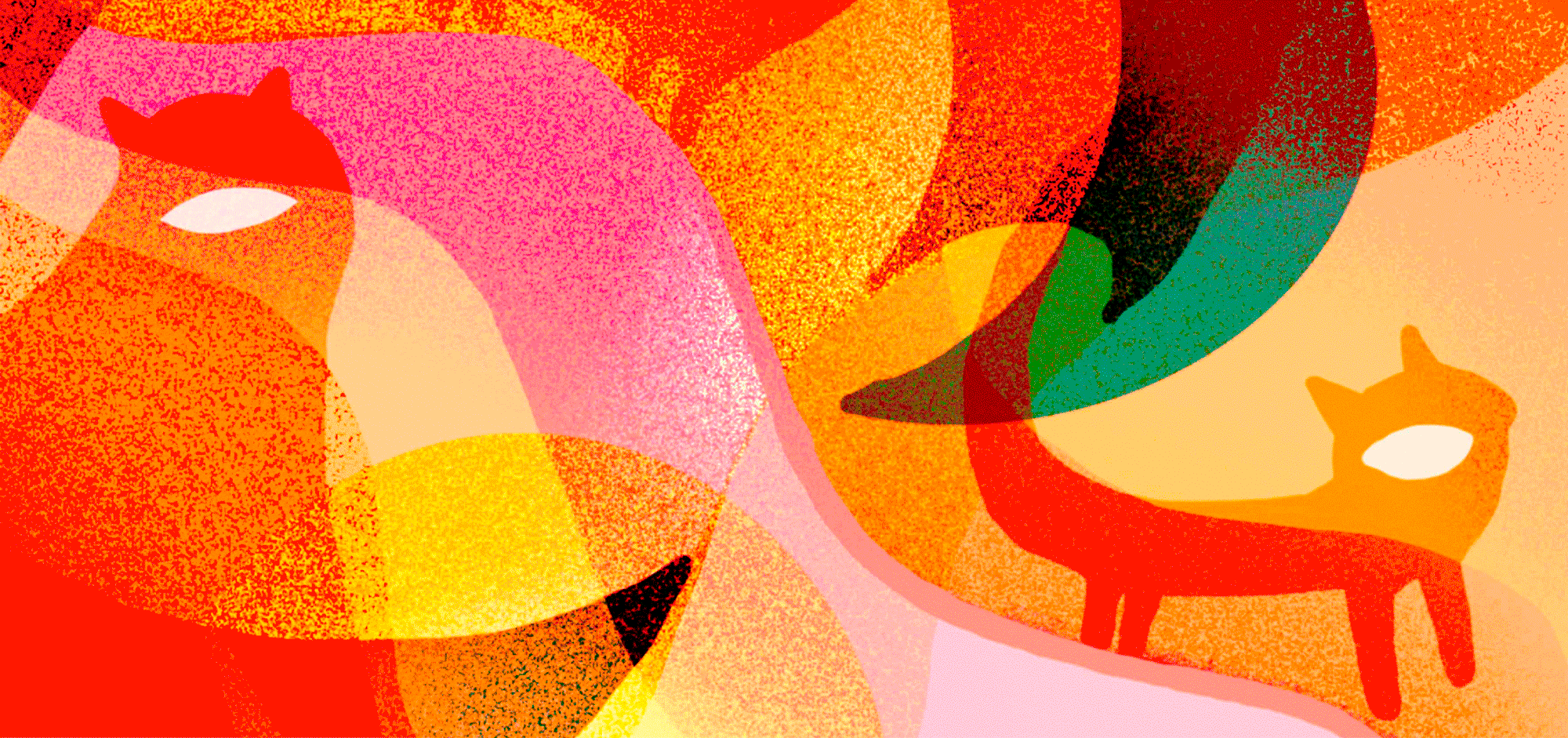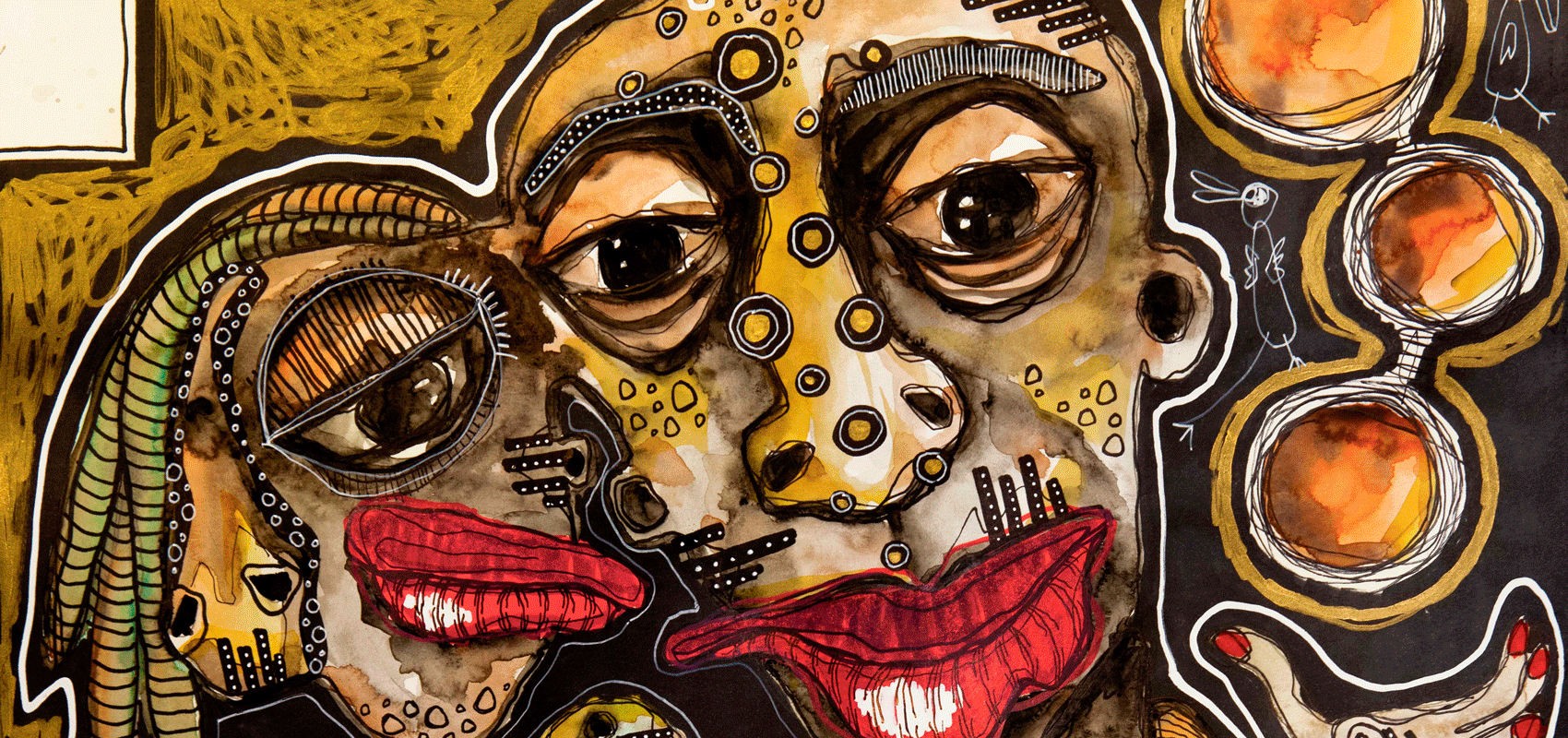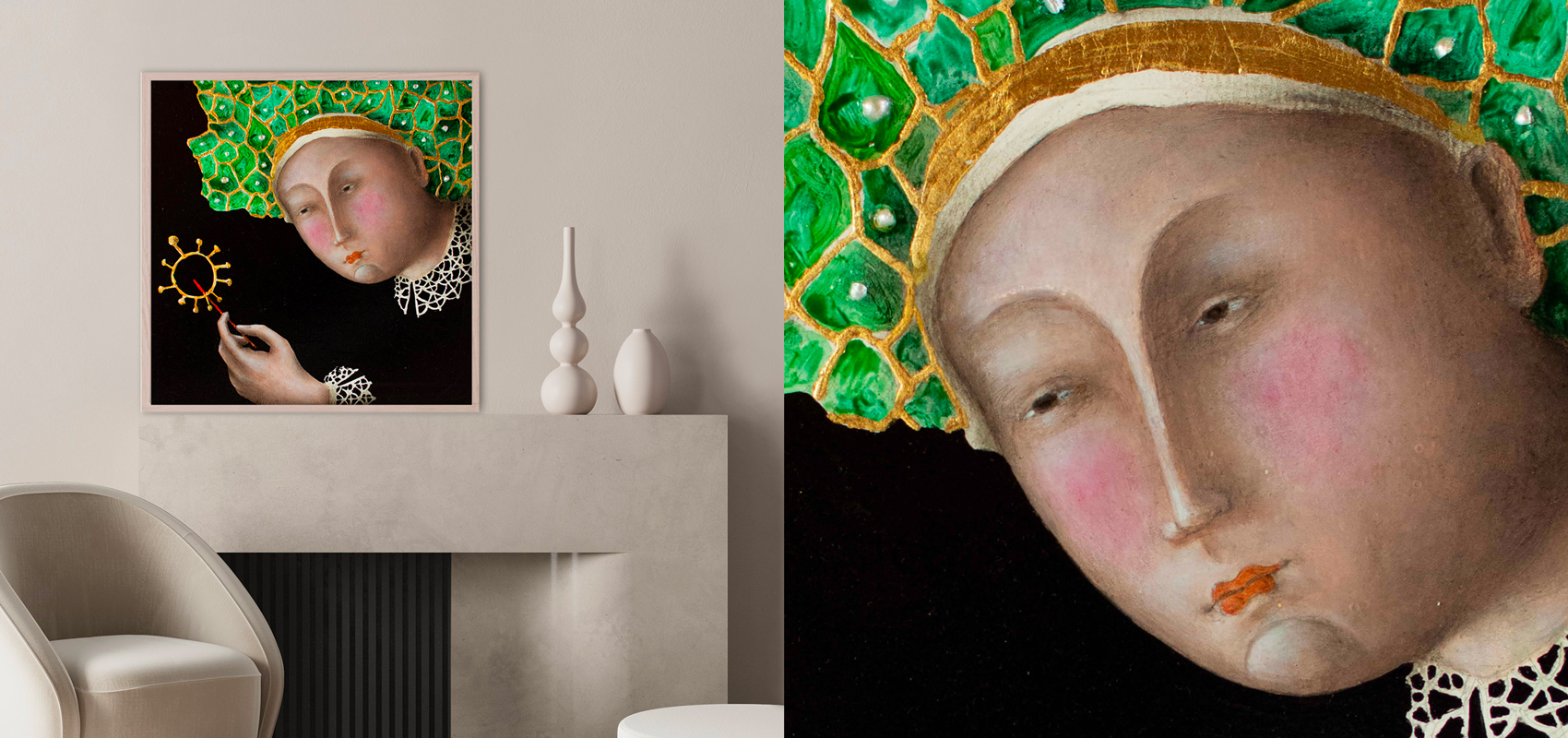Anita Bortolotti started drawing in her house in the woods, and her source of inspiration is nature. The nature that is transfigured to the limits of the abstract, opening up to all possible interpretations.
Anita, tell us about you.
I’ve always had a passion for drawing and illustration. I remember when I was a child, even before sitting down for breakfast I was already drawing. I was lucky enough to grow up in the middle of nature, in a house in the woods, and I got so much inspiration from that. Later, having attended a classical high school, I devoted very little time to this passion, but then I was admitted to the ISIA in Urbino, where I studied graphic design and visual communication. As I studied, I became more and more convinced that my path was illustration, or at least visual arts; I experimented with various techniques, from screen printing to movable type typography to photography, and this allowed me to broaden my skills in the field of illustration. In short, I have tried to enrich myself through knowledge of different forms of expression and different tools, without ever stopping making illustrations. Now I would like to attend a master’s programme to further specialise.
How are your artworks works created?
My primary source of inspiration is nature. Natural forms recur in my abstract artworks, but from the original inspiration those forms and colours change and become more and more abstract. The human face also inspires me a lot.When I do not have a precise goal to achieve, I can give free rein to my creativity; then I start from a primary vision, in the sense that I more or less imagine what I want to realise, and then I also leave a lot of room for gestures, instinctively. In doing so, I draw on my background, that is, on the many images I have had and have before my eyes, but also on my studies and my reading. I was read a lot of illustrated books as a child, which allowed me to build up a visual culture that obviously continues to expand. My works are not pure representations of what I see, but rather a way of expressing what I feel: mine is a very emotional art. The result is something that has a specific meaning for me, but I like that it can be freely interpreted by others.
Did it happen to receive comments that surprised you?
Yes. For example, during the pandemic I had made an illustration in which I depicted the connections between people and their ability to adapt to the situation they were experiencing. It was interesting to see how this meaning, which I had not foreseen, came out spontaneously. It means that a work can produce a lot of food for thought: it’s a way of confronting each other and always bringing out something new.
Your art is emotional but also reflective, something that induces thinking.
I hope so. It certainly stems from the emotions I feel and, as I said, from my background. Fantastic, abstract worlds come out of it, and I like to think that they can expand the horizons of the viewer.
How do you get on with Cinquerosso Arte?
I am very happy, first of all because I met Francesca who is a wonderful person on a human and professional level. We had the chance to have a lunch all together, so we got to know each other and I had the chance to hear people of different ages talking about art, with such different experiences. It is a wonderful opportunity to grow, considering that I am only 22 years old.












